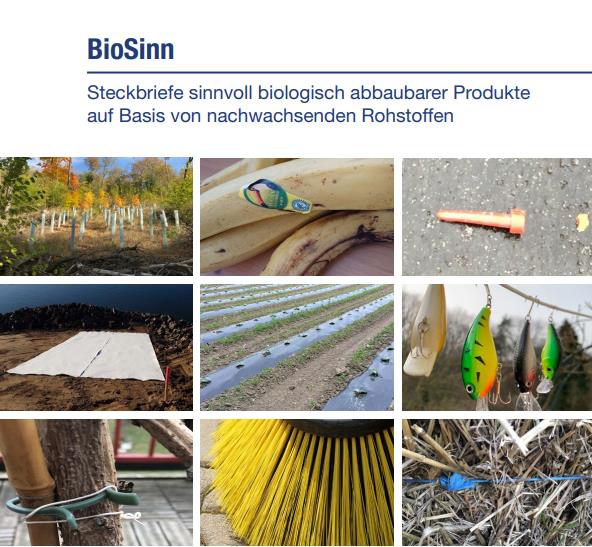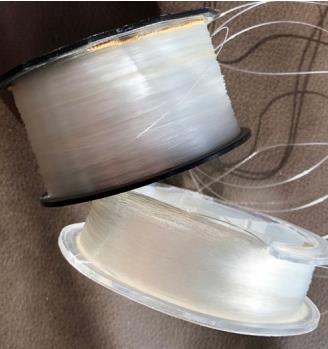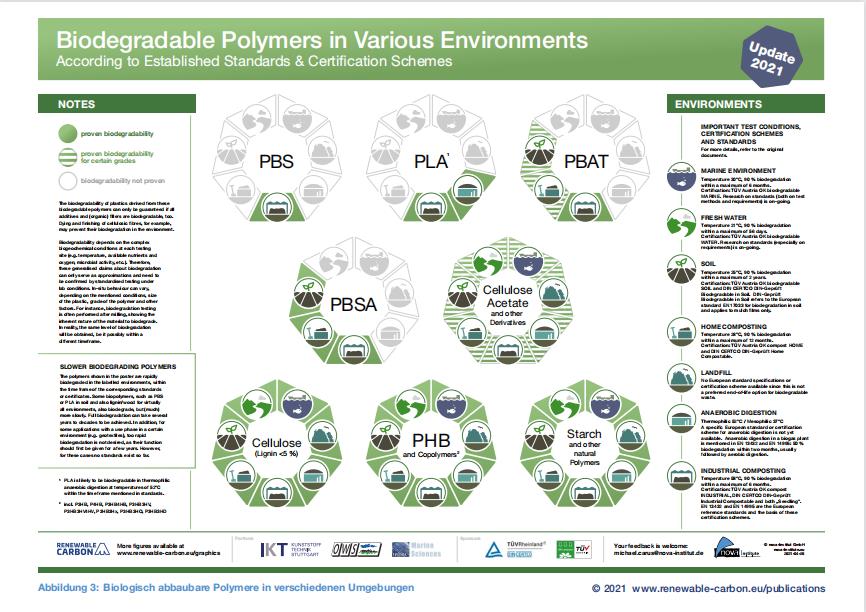
Description
Short-lived fishing products are used in recreation, as well as in commercial fishing. This includes fishing gear such as hooks, poses, and fishing lines that are easily lost in the water.
The main materials currently used
Lures and bags can be made of various materials such as steel, polyurethane, silicone, polyester, ABS, and even wood. In addition, there are biological composite lures. In addition to species specifically designed to catch predatory fish, there are many natural alliances that have proven to be viable baits for both peaceful and predatory species. Here they are usually products such as cereal seeds, vegetables, fruits, or bread, or cheese. Fishing line is mostly made of nylon, polyethylene fibers, or aramid fibers.
The Problem
Between 10% and one-third of the marine plastic load returns to the fishing industry. A large percentage of these have commercial fishing nets, one of the 10 most common plastic products found on beaches. However, such nets are not considered here because they are essentially designed for long-term use as opposed to the ephemeral fishing products in this wall chart. The focus is on other short-lived products such as fish hooks and poses and fishing lines.

Plastic fibers and particles enter the ocean and are eaten as macrophages in fish and marine mammals, and microscopic organisms are affected by microscopic decomposition, thus endangering the lives of animals and the balance of marine ecosystems.
German / EU market volume
11,000 tons of tuna per year is the uncontrolled inflow of fishery products into EU waters; Germany's share will be about 10 % or 1 %. Estimated 100 tons of tuna. We estimate that about 90 % of the fishery products would be lost. This would round up the total production to 12. 1,000 tons for the EU and 1,200 tons for Germany.
Biodegradable products on the market
Several manufacturers have indicated that they sell biodegradable fish spines, but there is no evidence of biodegradability. For example, one manufacturer sells silicone spikes, indicating that the bait is biodegradable. Biocomposite fish spines based on cellulose and PHA are available in the Nordic region. As part of our research, we found a manufacturer that offers phase-based spikes that are certified as "Good Biodegradable Water" and "Marine" (Tuvalu, Austria).
A few years ago several companies tried to sell biodegradable fishing line. They claimed that their products were biodegradable, but this was not confirmed. These products are no longer on the market.
Technical requirements
Fishing products must be durable against environmental influences (heat, cold, seawater, freshwater, UV radiation, micro organisms) when used and must not biodegrade prematurely. Fishing line material should have good tear strength and tensile capacity and should be manufacturable as fiber. Fishing line is also said to be relatively dense and available in a variety of colors. The requirements for salt and freshwater biodegradation are very demanding.
Relevant standards and certificates
So far, only TÜV Austria has certified "OK Marine Biodegradable" and "OK Biodegradable Water". In order not to promote the treatment of certified products in seawater or freshwater, TÜV Austria does not allow successful certification to be conveyed on the final product. In the case of marine degradation, certification may only be communicated for products for which biodegradation provides additional benefits to the environment. However, this is clearly the case for fishery products.
Possible alternatives
Starch blends can be used for lures. PHB and PHB copolymers are as suitable as alternatives and are already on the market. Amateur anglers can even prepare gelatin lures at home.
A patent describes a biodegradable lure material based on polysaccharides (such as starch), natural proteins (such as gelatin, casein, whey, or gluten), and water-soluble natural gums. Some mineral or metal fillers are also suitable for high densities.
In the case of fishing lines, only a few biodegradable polymers are available as alternatives to meet the high technical requirements and degradation under marine conditions. PHB copolymers and special cellulose acetates can meet the requirements. Composites containing natural fibers (such as hemp, flax, jute, or sisal) are also suitable.
Outlook
Between 10% and one-third of plastic pollution in the ocean can be traced back to fishing, especially in large nets. But even short-lived fishery products are lost in the sea, potentially endangering animals and turning into microplastics. To be able to take advantage of the huge potential for emissions reductions, international agreements are needed, and the United Nations is already discussing them. In fresh and saltwater, biodegradable lures, floats, and fishing lines can reduce the amount of plastic entering the water.



